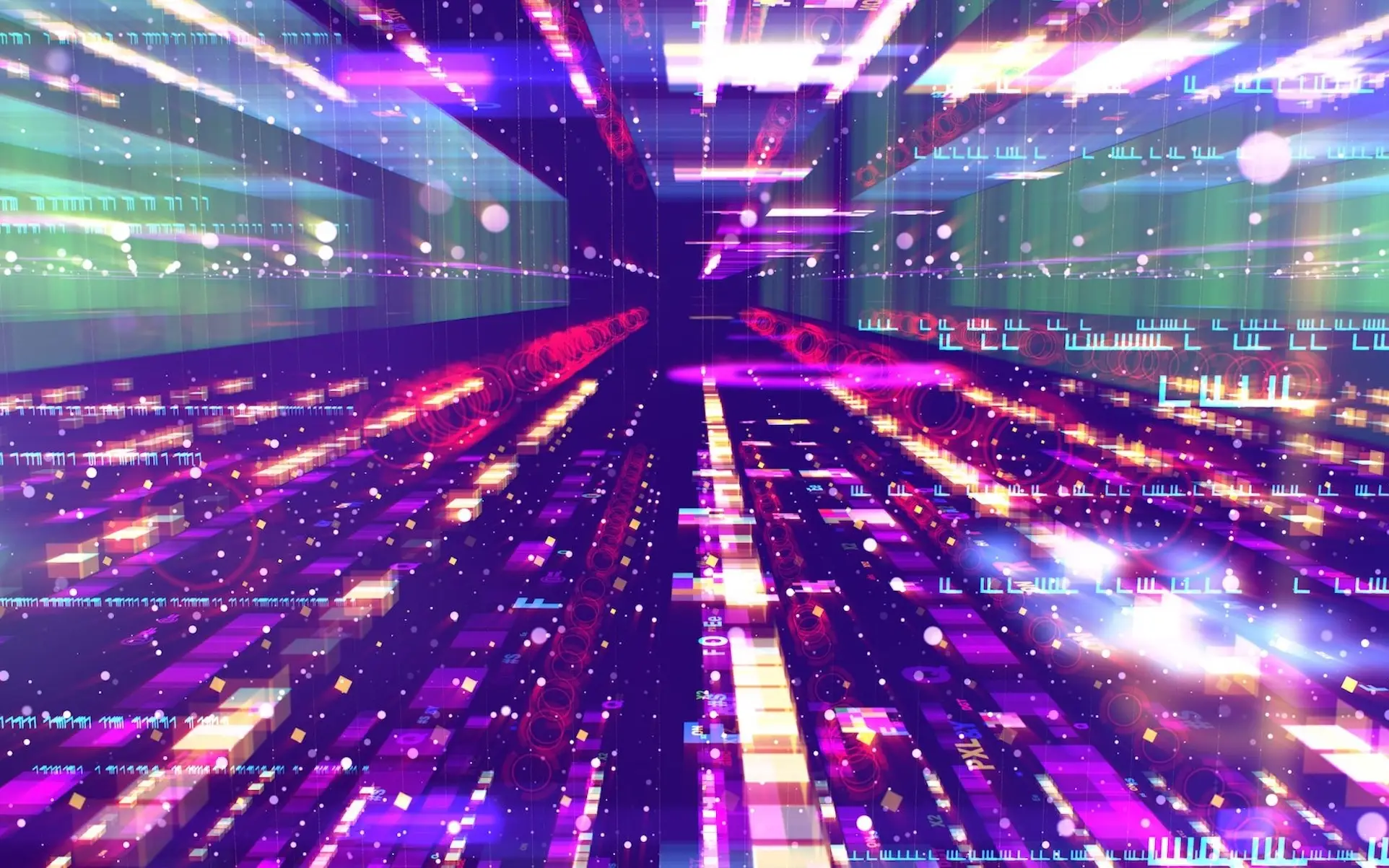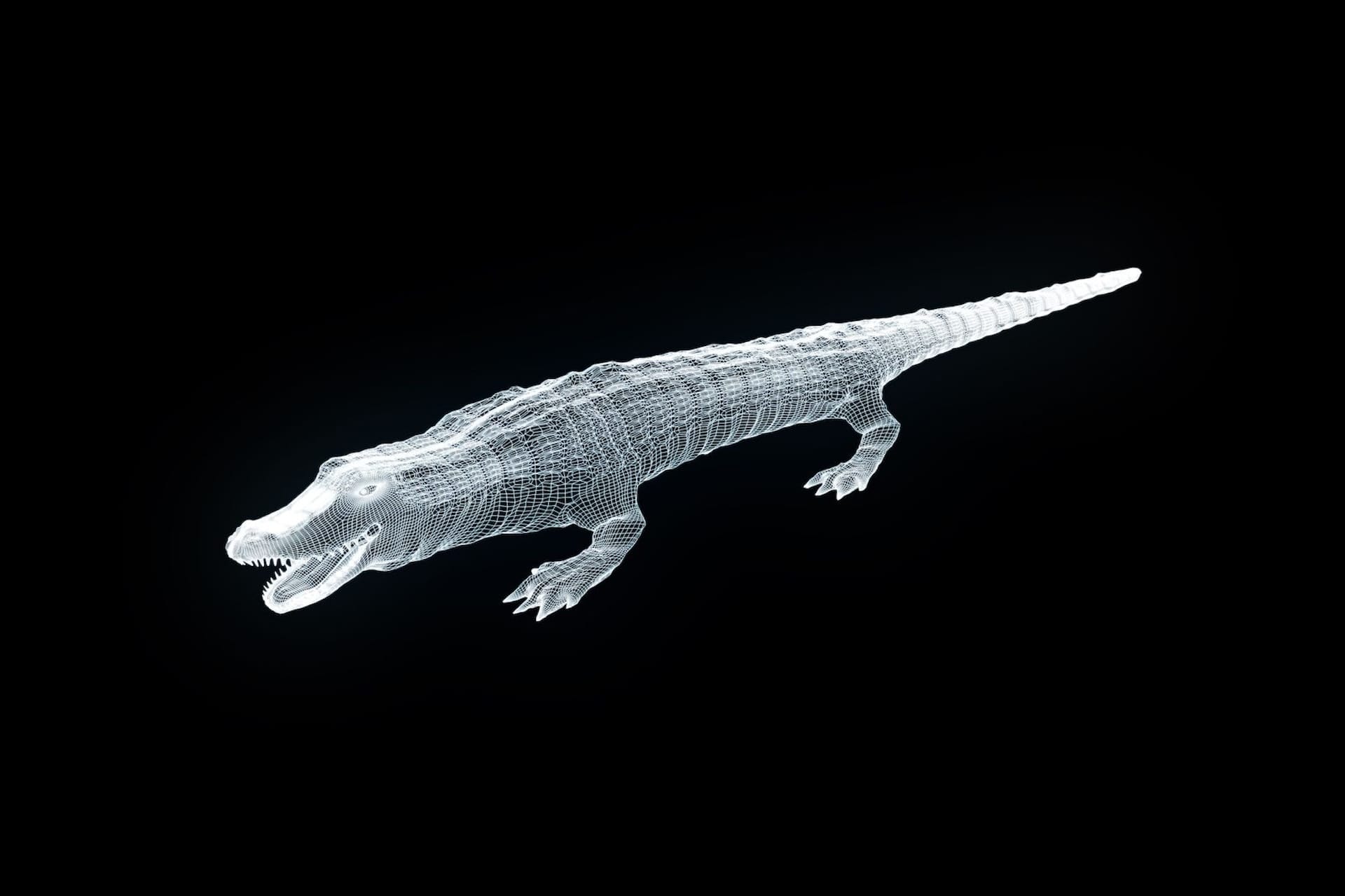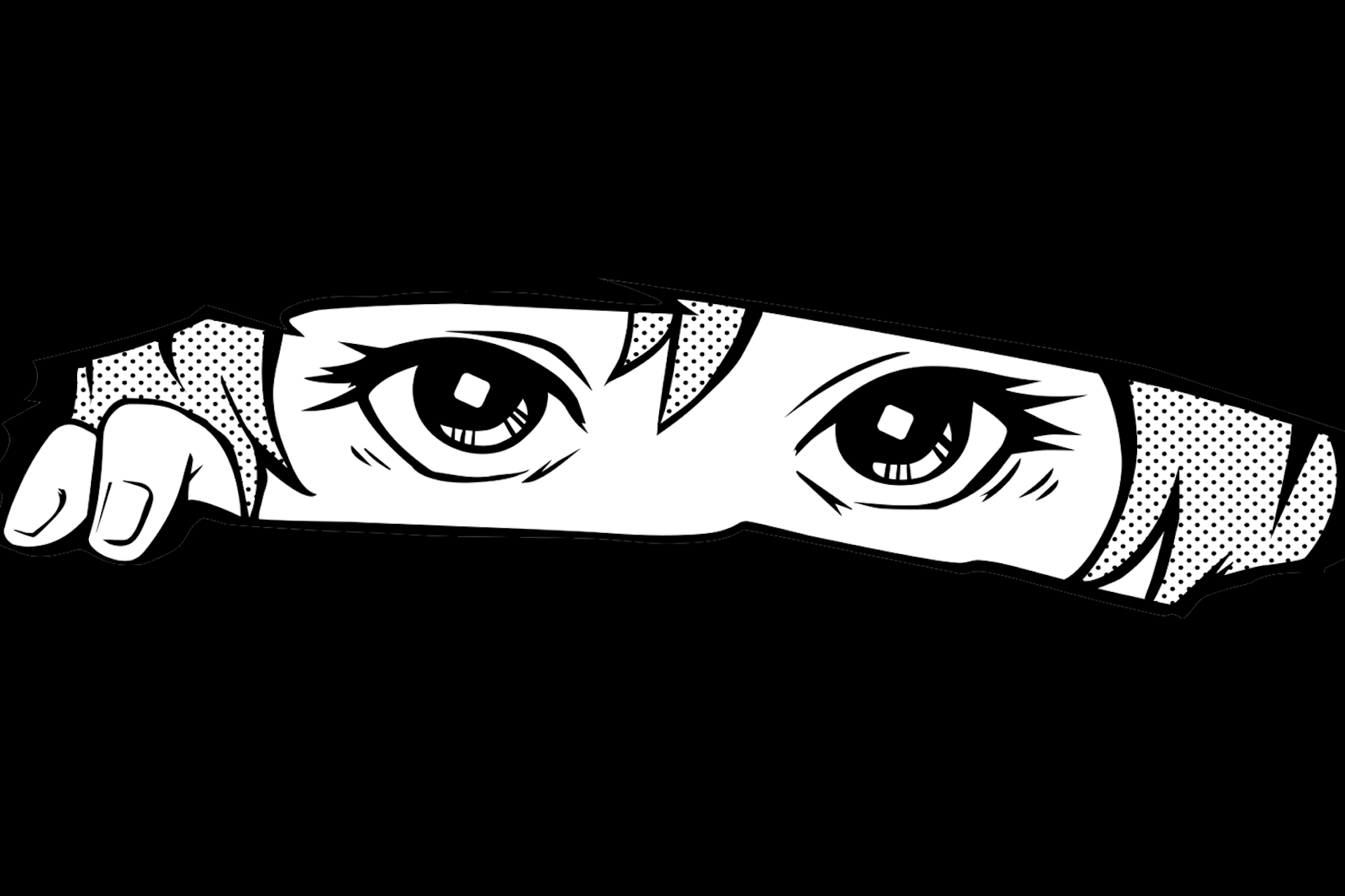Are we entering a new animation renaissance?
Animation allows creators all over the world to tell stories in remarkable ways. So, there has never been a better time to master the craft. Want to know more? Let’s take a closer look.

Animation allows creators all over the world to tell stories in remarkable ways, and there has never been a better time to master the craft. Want to know more? Let’s take a closer look.
Filmmaking is one of the biggest creative industries to date. There are tons of people who are employed creators and even more who pursue it as a hobby. With this in mind, it’s no surprise that animated content has become so popular – whether it’s for entertainment or educational purposes. In this blog post, we'll dig into the art of animation and some of its most prominent styles.
Animation today
The pandemic has also given this method new relevance. It’s been extremely difficult, if not impossible, to film safely with a full crew this year, and many creators have therefore been trying to adapt and find new ways to connect with their audience. Artists like Billie Eilish, BTS, Dua Lipa, and Travis Scott, to name a few, have all been displaying a growing appetite for these eye-catching visuals.
Animation is very versatile and can be used in marketing as well. It can be a fun way for a brand to convey a message, explain complex concepts, or get people excited about a new product in a budget-friendly way. Coupled with some cool beats, you’ll have a winning campaign.
What is animation?
As animator Norman McLaren once said: "Animation is not the art of making drawings move, but the art of drawing movement." It’s an illusion of fluid motions when there’s actually a series of static drawings or photographs moving in fast succession. Our eyes can only retain an image for approximately one-tenth of a second, so when multiple images appear, the brain blends them into a single moving image-making. How cool is that?
In traditional animation, pictures are drawn or painted, but today’s animated movies are mostly made with computer-generated imagery, also referred to as CGI.

Different types of animations
The industry has come a long way since the days of post-hand-drawn animation. We now have the freedom to deliver even more cutting-edge content, interactive experiences, and immersive virtual worlds. Animators are constantly pushing boundaries, experimenting with new styles and effects. We’ve gathered some insights that will help you unlock the benefits of various techniques and methods.
Here are four of the most popular animation styles:
2D Animation
This is one of the oldest forms of animation, and it can be divided into two different segments. Traditional animation involves animators drawing each and every frame by hand. It’s the same mechanism as a flipbook, just on a grander scale, characterized by having objects and characters created in a two-dimensional space - meaning that they only have width and height. You’ve seen it in movies like Snow White, Peter Pan, and Sleeping Beauty.
Did you know Disney hasn’t used manual coloring since 1989? With the rise of technology came the other 2D option, which is drawing directly on the computer. Small changes like coloring, or frame rates, can be changed almost instantly nowadays, and Animators can now limit the number of frames used with tools like Adobe Flash.
3D Animation
This method has revolutionized how the animation industry looks today, and it all started in 1995 with the movie Toy Story. 3D animations come to life by generated frames on a computer. It can look super realistic and is, quite simply, the way of the future. For this, you need to learn how to digitally model landscapes and characters, sculpt them into perfection, and give them a skeleton that you can move and manipulate. Then let the computer do the rendering.
Why is 3D animation so important to understand? Those of you who want to break into the industry frankly must master the ins and outs of it. Computer-generated content has become the norm for animated blockbuster movies and certain live-action sequences that require a lot of VFX. Why? In short, because of better details and realism.
Stop motion
Stop motion animation, or stop-frame animation, is a technique in which creators physically manipulate objects, making it seem like they are moving on their own. It's been around for a great while. 'The Teddy Bears,’ directed by Edvin Porter, for example, was made back in 1907. The movie is a short sequence of playing teddy bears, just over a minute in length, which took over 50 hours to animate. The principles were mostly kept a secret back then. Not only to prevent the use of such techniques by competitors but also to keep audiences interested in the magic tricks’ mystery.
Tim Burton’s musical fantasy, 'The Corpse Bride,’ will also help you understand the magic behind stop motion animation and unlock a deeper appreciation for other styles and visual effects, especially if you are an aspiring animator. It can be extremely labor-intensive, but it's a wonderful medium if you want to make art on your own terms.
Anime
One of the most popular styles in the animation industry is anime. This Japanese form of cartoons provides unique benefits for any productions. One of anime's most distinctive features is the complex plots, which require viewers to maintain interest in the storyline long term. In addition, there are often many main characters with numerous layers, so even if people of all ages can enjoy this style, it's often better understood by adults.
One of the most distinctive characteristics of anime resides in the characters’ faces and feelings. Their heads, hair, and facial expressions are usually magnified and brightly colored, but the most prominent physical exaggeration typically occurs in the huge eyes. They provide an effective outlet through which the animator can reveal the characters’ emotions. For instance, large teardrops are standard illustrations of embarrassment or other types of distress.

Epidemic Sound: A creative hub for all animators
There’s a wide range of different creators in the world, and we want to represent and empower all of them on our platforms. For more tips and tricks, follow our social media channels as Animation Week 2021 starts today.
Planning to share an epic animated video with the world? Use the hashtag #ESAnimation, and don’t forget to tag us @epidemicsound.
Animation Week by Epidemic Sound lasts from Monday 11th to Sunday 17th of January.
Looking for high-quality music and sound effects for your content? Sign up below.

Related posts:

